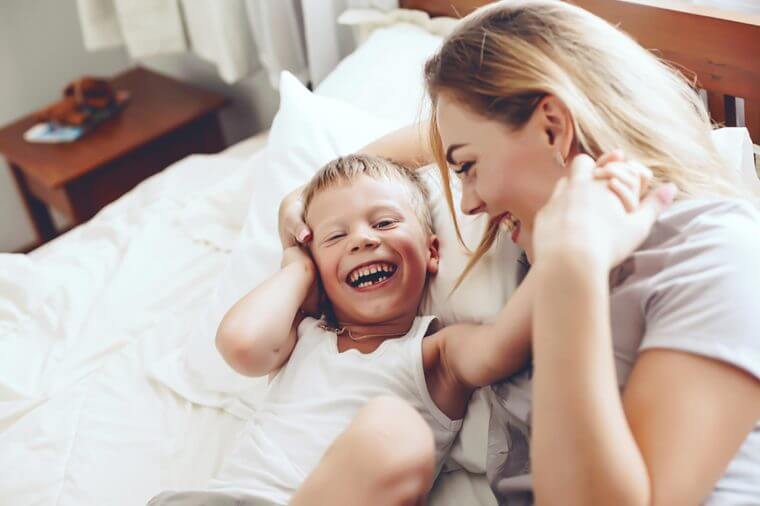With the aim to understand the time-honored and incomparable bond between mother and child, researchers behind the new study published in the Journal of Social Cognitive and Affective Neuroscience, used brain imaging to test adolescents and theirs mothers on neural pathways of empathy. Participants were asked to hypothetically put themselves in a distressing predicament, and then envision a family member in the same situation.
Mothers experienced “high-self overlap,” meaning, when they pictured their children in distressing situations, their brains showed reactions that were nearly identical to the distress they imagined themselves in. The results proved what mothers have long been saying: “You will never understand how much I love you until you have a child of your own.”
Some exceptions were found, however. For instance, a narcissistic mother was found not to have the same reaction. Narcissists have extreme difficulty perceiving others as people, empathizing with them, or feeling attachment, so it makes sense that people who don’t feel empathy wouldn’t display the same neuronal pathways as those who do. In other words, imagining someone else in a distressing situation isn’t particularly bothersome for them.
In relation to the outcome, the study authors explain that the empathy mentally healthy mothers experience for their offspring is an innate desire to “make sense of and respond to their child’s feelings and behaviors across the lifespan. This maternal emphatic bias has deep evolutionary underpinnings at the neural level to be selective and protective of her own offspring such that mothers’ empathy promotes positive developmental outcomes, such as mood stability and regulated stress reactivity in developing youth.”
What may be more surprising is that the researchers also discovered adolescents experienced empathy for their mothers, dependent on the strength of their relationships. In fact, the closer the bond between mother and their kin, the higher capacity for empathy in teenagers.












